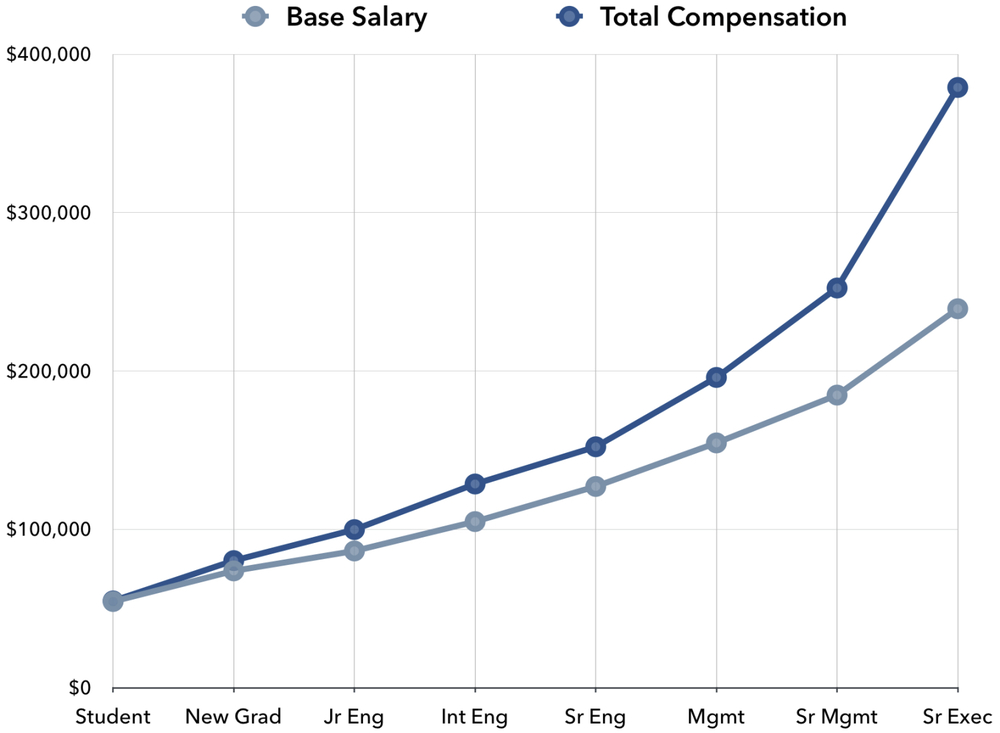
This is the place to go if you want to be an engineer. You must decide what career path you want before you can take the next step. CareerExplorer offers a free career test. Users have described the results as "shockingly precise."
High school diploma
An electrical engineer does not need a high school diploma. Many jobs in this area require a bachelor's level of education. Employers may also consider working with students who have practical experience. If you are unsure of what courses to take, you should discuss your plans with a guidance counselor and adjust your course load accordingly. The courses in physics and mathematics that pertain to electrical engineering are essential. To build a solid foundation in mathematics and physics, electrical engineers must also take chemistry.

Electrical engineers who are interested in a career as a professional can apply for jobs in a variety of industries, including automotive and medical technology. They can move on to other areas of electrical engineering after they have graduated from college. An electrical engineer job may require a high school diploma. The field is rewarding and provides many career options after graduation. This requires hands-on, problem-solving skills, lifelong education, and multidisciplinary collaboration. You can reach your goals if you are ambitious.
Dual enrollment programmes
Dual enrollment for electrical engineers allows students the opportunity to double majors in two programs. This allows them both to receive two degrees at once. To qualify, students must complete all of the requirements of both programs in addition to their high school education. You will need to complete an application and submit transcripts from high school. Parents and guidance counselors must also sign off on behalf of the student. Once students have applied, they are contacted and interviewed by the LELWD. Successful applicants will have to complete college applications.
Students interested in the dual enrollment program for electrical engineers will begin by taking foundational courses in computer and engineering. These courses are designed to give students basic skills and an overview over the different degree options. Students learn about the main areas of electrical engineering, and how to use the various tools in many laboratories. They then apply these concepts during capstone and freshman design experiences. Students who want to double major in computer or electrical engineering may choose to take elective and dual courses.
Wearable wireless technology
Wearable electronics is a booming sector in the technology market. Wearable devices such smart watches and fitness monitors are in hot demand. It is an attractive pedometer. Research continues to find ways to reduce the power consumed by wearable electronics as well as to create a low-power computing device. This technology will power other devices and allow the user to stay connected with loved ones and family.

A wearable device can detect changes in a person's health that require clinical intervention. LiveNet from MIT's Media Laboratory is one example. The device can measure ECG and EMG as well as galvanic skin conductance. Researchers are testing the device on patients with epileptic seizures and Parkinsonian symptoms. LifeGuard was another wearable device designed to monitor conditions in extreme environments. It underwent extensive testing. An earlier study included wearable technology.
FAQ
What is an Aerospace Engineer?
Aerospace engineers draw on their expertise in aeronautics as well as propulsion, robotics and flight dynamics when designing aircraft, spacecrafts satellites, rockets, missiles, and other spacecraft.
A space engineer could be involved in the design of new aircraft types, fuel sources, improving existing engines or creating space suits.
Do I need special qualifications to study engineering?
No. No. All that's required is a good grade in your GCSEs. Some universities require applicants to have a certain level of academic achievement before they are allowed to enroll. Cambridge University, for instance, requires applicants to earn A*-C grades (in Maths, English Language or Science)
These requirements are not met, so you may need to take additional courses to prepare you for university entrance exams.
You might also need to take additional maths/science subjects and a language course. Ask your school guidance counselors about these options.
What are industrial engineers doing?
Industrial engineers investigate how things interact, work and function.
Their job ensures that machinery, plants, and factories run efficiently and safely.
They design and implement equipment, controls, or operations that make it easier for workers, to accomplish their tasks.
They also make sure that machines are compliant with environmental regulations and meet safety standards.
Statistics
- 14% of Industrial engineers design systems that combine workers, machines, and more to create a product or service to eliminate wastefulness in production processes, according to BLS efficiently. (snhu.edu)
- 8% Civil engineers solve infrastructure problems. (snhu.edu)
External Links
How To
How to Use An Engineering Ruler
Engineers use an engineering ruler for measuring distances. Engineers have been measuring distance since ancient times. The 3000 BC was the year that the first measurement device was discovered.
Modern rulers are still used, although they have undergone significant changes. The most common type of ruler today is called a metric ruler. These rulers can be marked in millimeters (0.039 inches) Metric rulers are usually rectangular in shape and come in many sizes. There are also millimeters and centimeters on some rulers. For example, 1 cm equals 2.54 mm.
Today, you probably won't see any engineers using a traditional mechanical ruler. They would use a digital version, which measures in millimeters. It functions much the same as a regular digital gauge, but it has markings to correspond with different length units. You can read more about them here.